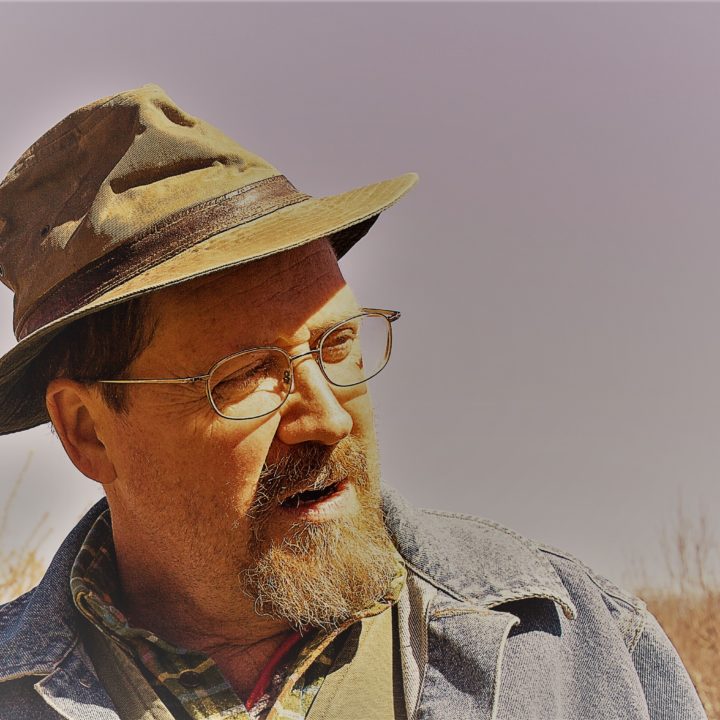Monday night we spent a couple of hours loading yearling wethers. They were destined for the slaughter the following morning. A fairly straightforward operation, Cindy pointed and I grabbed, hoisting the hundred-pound castrated ram lambs off their feet, the two of us then carrying them out of the barn. A better chute system would help, but we work with what we have today.
Wednesday night, in a rain just above freezing and a mud just below boot tops, we loaded a hog also earmarked for slaughter. We slid and stumbled in the muck, cursed and shot accusatory looks, then laughed with relief when she finally walked onto the trailer unassisted.
Thursday night, during a late season arctic blast, our newest sow farrowed 11 healthy piglets. We provided her an ample bedding of hay in an improvised stall in an open shed, adding a sheet of plywood to block the brutal north wind and a heat lamp for warmth, and, beyond providence, we trusted in the maternal instincts of an experienced mother to keep the newborns comfortable and well fed.

By Saturday the late-winter chill had begun to abate, and we were gifted with a rare sunny day and highs around 50 degrees. I spent the day crossing the smaller lamb paddocks on foot, oversowing a mix of oats, rye, and turnip seed that will hopefully provide some fast-growing early-spring forage for the sheep.
Early afternoon I took a break to help Cindy welcome 20 guests from the area Master Gardeners club. They were on hand to conduct a pruning practice in our half-acre orchard, which had been seriously neglected since the last big pruning two years ago — a pruning that is needed annually. In a short couple of hours, armed with pruning knives, loppers, and tree saws, the crew had cut away the deadwood, the water sprouts, and a host of unwanted branches.
Pruning crew gone, we retired to the front porch for a beer with friends, who afterward pitched in and helped with chores, then we all caravanned to another farm and joined in unloading some newly arrived weanling pigs.
I find that as the years go by, the rhetoric of conservatism and liberalism mean less and less to the life we live. Rhetoric aside, no candidate or party speaks for the rural farms or communities. Left or right the language is of the city: eternal growth and happy days (past, present, or future).
As a farmer I know a couple of truths. First, that the manure I sling has real value. Second, that growth is a part of a larger cycle and is never eternally sustained; that the wheel turns and winter always follows spring, summer, and fall.
So, green grass must be carefully harvested and stored. Orchards must be pruned of deadwood, a diseased peach tree ruthlessly cut down and burned. Lambs serve a purpose and must be sold and eaten when that day comes. Sows will farrow, cute piglets will grow to 300 pounds before being butchered, and gardens will be tilled, planted, harvested, and prepared for the fallow months.
Manure needs to be conserved and used with care. Seed must be sown in order to grow. Resources must be nurtured. Infrastructure must be repaired and improved. And it is partnership and cooperation, not partisanship, that sustain connections in a rural community and on a farm.
And if adequately prepared for, the winter is traversed relatively unscathed into spring.






